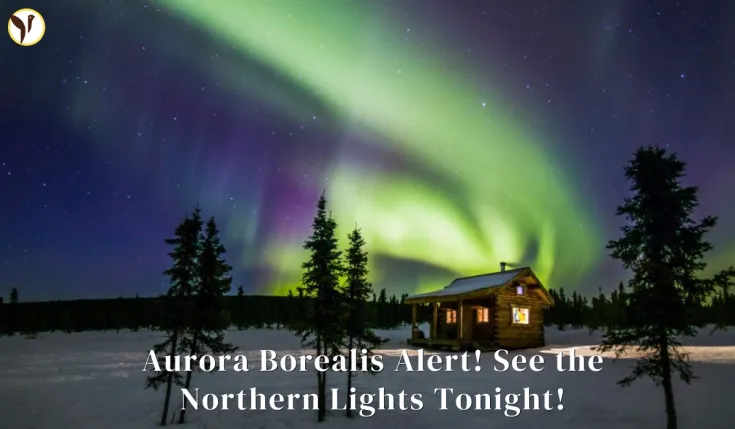Get Ready for a Lightshow!
Wow, you guys, hold onto your hats! A serious solar wind is slamming into Earth's magnetic field tonight, March 25th, 2025, and it's *potentially* going to be amazing. We're talking Northern Lights, Aurora Borealis, possibly visible way further south than usual! The NOAA (that's the National Oceanic and Atmospheric Administration, for those not in the know) has issued a geomagnetic storm watch, promising a pretty spectacular light show across many parts of the US and even some lucky spots in the UK. Honestly, who saw that coming?
Where Can You See This Thing?
Okay, so the best bets? Northern Canada and Alaska are going to be the front-row seats. In the US, think northern Washington, Idaho, Montana, North Dakota, Minnesota, and the upper parts of Michigan. Your chances are pretty darn good there.
Now, it's a bit less certain, but there's *still* a chance you might catch a glimpse in places like Wyoming, South Dakota, Iowa, Wisconsin, New York, New Hampshire, Vermont, and Maine. To up your odds, though, get yourself to a dark spot with a good, high vantage point – the higher the better! Think hilltops, open fields, away from city lights. That'll really make a difference.
And for our UK friends? The Met Office thinks northeast Scotland has the highest probability, especially if the skies are clear. Fingers crossed!
Tips for Aurora Hunting (and Snapping Some Pics)
To maximize your chances of seeing this celestial show, plan on being outside between 10 p.m. and 2 a.m. local time. Find a spot far, far away from city lights – that’s key. Want to photograph it? You’ll need a tripod (essential!), a wide-angle lens, a low F-stop (f/4 or lower), a high ISO, and a long shutter speed. Smartphone users? Make sure to use night mode – it'll make a big difference.
Solar Maximum: This is Just the Beginning?
This whole solar wind thing is part of something called the solar maximum, which is basically the sun’s most energetic phase. And that means more auroras! While tonight’s show is pretty exciting, this increased solar activity suggests we can expect even more opportunities to see the Northern Lights in the months to come. It's going to be a light show extravaganza!
Don’t Miss Out!
Keep your eye on NOAA's space weather forecast for updates; it's constantly changing. Tonight could be unforgettable – seriously. And if you manage to snap some photos, share them! Use #NorthernLights2025 so we can all see your amazing captures.







